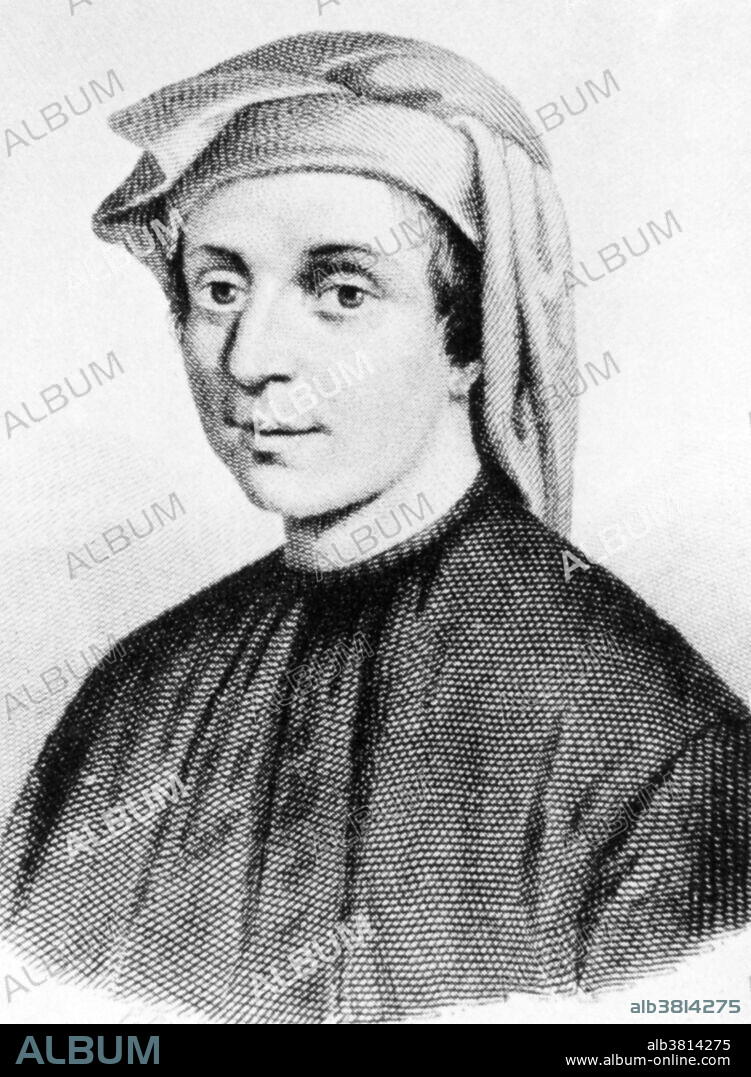alb3814275
Leonardo Fibonacci, Italian Mathematician

|
Añadir a otro lightbox |
|
Añadir a otro lightbox |



¿Ya tienes cuenta? Iniciar sesión
¿No tienes cuenta? Regístrate
Compra esta imagen

Título:
Leonardo Fibonacci, Italian Mathematician
Descripción:
Ver traducción automática
Leonardo Pisano Bigollo (1170 - 1250) or simply Fibonacci, was an Italian mathematician, considered by some the most talented western mathematician of the Middle Ages. Recognizing that arithmetic with Hindu-Arabic numerals is simpler and more efficient than with Roman numerals, Fibonacci traveled throughout the Mediterranean world to study under the leading Arab mathematicians of the time. In 1202, at age 32, he published what he had learned in Liber Abaci (Book of Abacus or Book of Calculation), and thereby popularized Hindu-Arabic numerals in Europe. Liber Abaci also posed, and solved, a problem involving the growth of a population of rabbits based on idealized assumptions. The solution, generation by generation, was a sequence of numbers later known as Fibonacci numbers. In the Fibonacci sequence of numbers, each number is the sum of the previous two numbers, starting with 0 and 1. This sequence begins 0, 1, 1, 2, 3, 5, 8, 13, 21, 34, 55, 89, 144, 233, 377, 610, 987 and so on. He died in 1250 at the age of 80.
Crédito:
Album / Science Source / Library of Congress
Autorizaciones:
Modelo: No - Propiedad: No
¿Preguntas relacionadas con los derechos?
¿Preguntas relacionadas con los derechos?
Tamaño imagen:
2520 x 3438 px | 24.8 MB
Tamaño impresión:
21.3 x 29.1 cm | 8.4 x 11.5 in (300 dpi)
Palabras clave:
BLANCO Y NEGRO • EDAD MEDIA • EUROPEO • FAMOSO • FIGURA • GENTE • HISTORIA • HISTORICO • IMPORTANTE • ITALIANO • MATEMATICAS • MATEMÁTICO • MEDIEVAL • NUMERO ARABE • PERSONA • PERSONALIDAD • PERSONALIDADES • S. XIII • SIGLO XII • SIGLO XIII • SUCESIÓN FIBONACCI
 Pinterest
Pinterest Twitter
Twitter Facebook
Facebook Copiar enlace
Copiar enlace Email
Email
